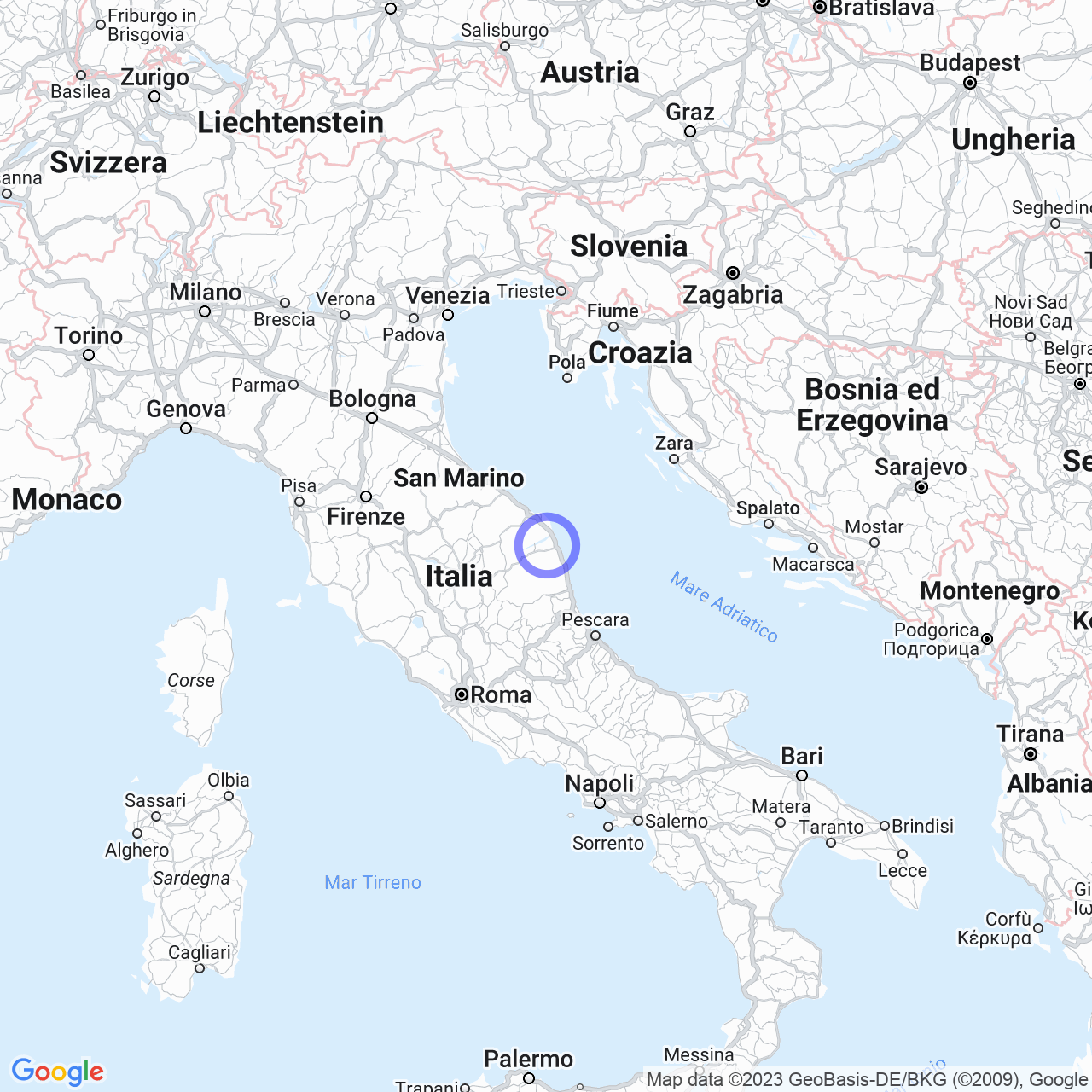Morrovalle
Morrovalle: History and Geography
Morrovalle is a municipality of about 9,917 inhabitants located in the province of Macerata, in the Marche region. The first urban settlement in this area dates back to the 1st and 2nd century AD, as evidenced by the mosaics that embellished the ancient Roman domus and the remains of a tower funeral monument. However, the first mention of Morrovalle in a document dates back to 995, when the municipality was under the control of the Archdiocese of Fermo.
History
During its history, Morrovalle suffered many invasions, such as that of the Lombards. It later became a castle perched on a hill. In 1053, Guarnieri I of Lenzburg-Baden, from the family of Lenzburg, descended from the German territories, conquered the county of Ancona and founded the dynasty that dominated the duchy of Spoleto and the marquisate of Camerino. Guarnieri I took possession of the territories of Morrovalle and became the ancestor of the noble Lazzarini family, lords of Morrovalle.
In 1810, the authorities set up a barracks and lodgings to accommodate French soldiers. However, the citizens of Morrovalle refused to provide for their passage, tired of the continuous requisitions. In 1815, French troops caused further raids. On May 5, 1815, the podestà Grisei sent a letter to the prefect to highlight the poverty of the population caused by the passage of the Napoleonic army. In the same period, the French general Murat, King of Naples, stayed at the Grisei villa on the Bellavista hill in Morrovalle.
Over the years, Morrovalle took part in many insurrectional events. In 1831, the population adhered to the revolutionary order, demolishing the pontifical coat of arms from the municipality. During the Risorgimento, the revolutionary group "Cacciatori delle Marche" contributed to the liberation of Ascoli Piceno and Fermo, of which Saverio Grisei, a resident of Morrovalle, was also part of.

World War II
During World War II, the Morrovallese Tito Agosti (Morrovalle, 19 August 1889 – Rome, 27 January 1946), Silver Medal for military valor for the combat sustained between Torre di Zuino and Cervignano del Friuli on 4 November 1918, was appointed general.
Territory and Culture
The territory of Morrovalle extends over a hill and covers 49 square kilometers. The municipality is famous for its beautiful historical center, which houses numerous churches, palaces and monuments. Among these, the church of San Rocco stands out, built in 1671, which houses a canvas from 1638 depicting San Rocco and an angel next to him, attributed to the Flemish painter Peter Paul Rubens.
Morrovalle is also famous for local craftsmanship, particularly for the production of hand-painted ceramics and textiles such as silk and linen. Finally, among the typical products of the municipality are honey, olive oil, and local cheeses.
Economy and Tourism
The economy of Morrovalle is mainly based on the production of industrial paints, ceramic products, clothing, and textiles. In addition, tourism is an important source of income for the municipality, thanks to its beautiful historic center and the numerous cultural activities organized throughout the year.
Every year, the municipality organizes various events, including the Carnival of Morrovalle, characterized by parades of traditional masks and entertainment games for adults and children, and the Fair of San Nicola, which takes place in December and offers local producers of typical products.
Conclusions
Morrovalle, with its long history and rich heritage, is a municipality to be visited absolutely. Its churches, palaces, and hand-painted ceramics are a testimony to local culture and traditions. Furthermore, the city offers numerous cultural activities and events throughout the year, making it an ideal place to spend a vacation at any time of the year.
